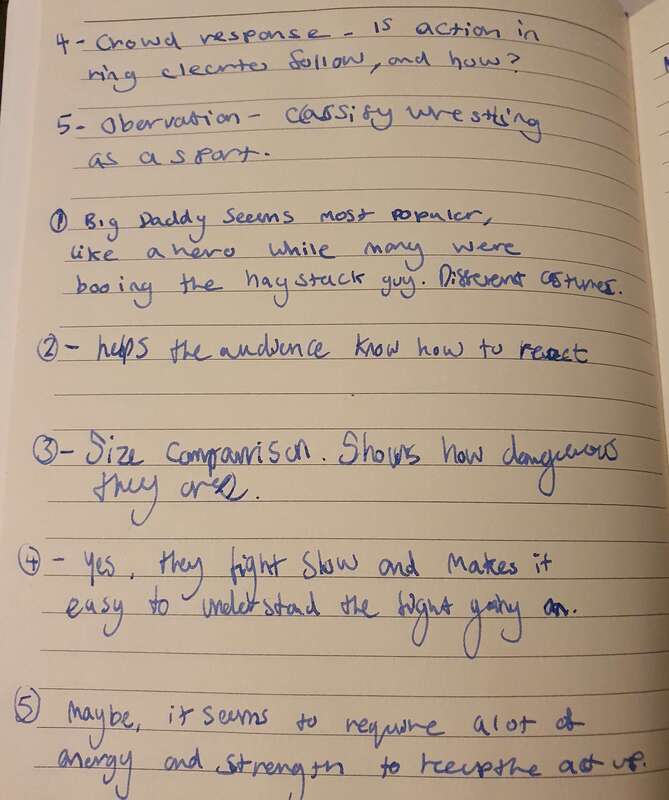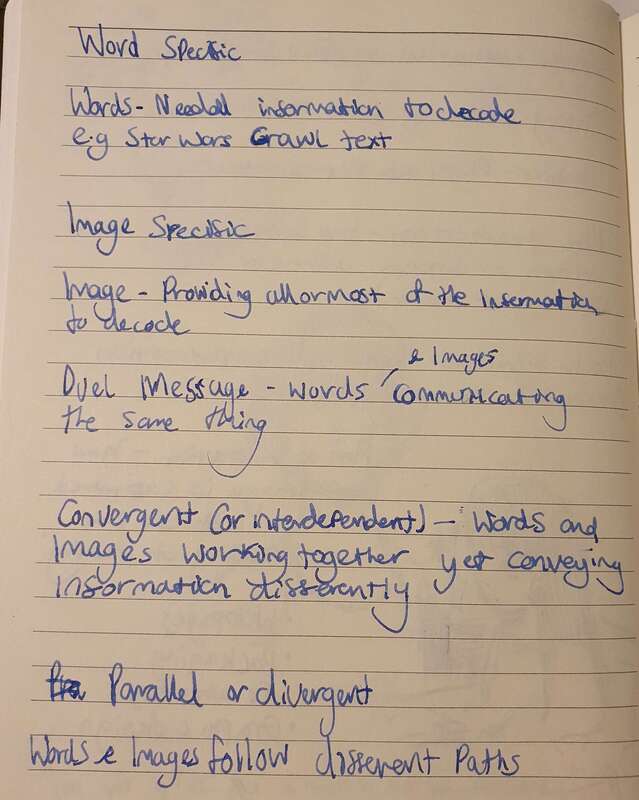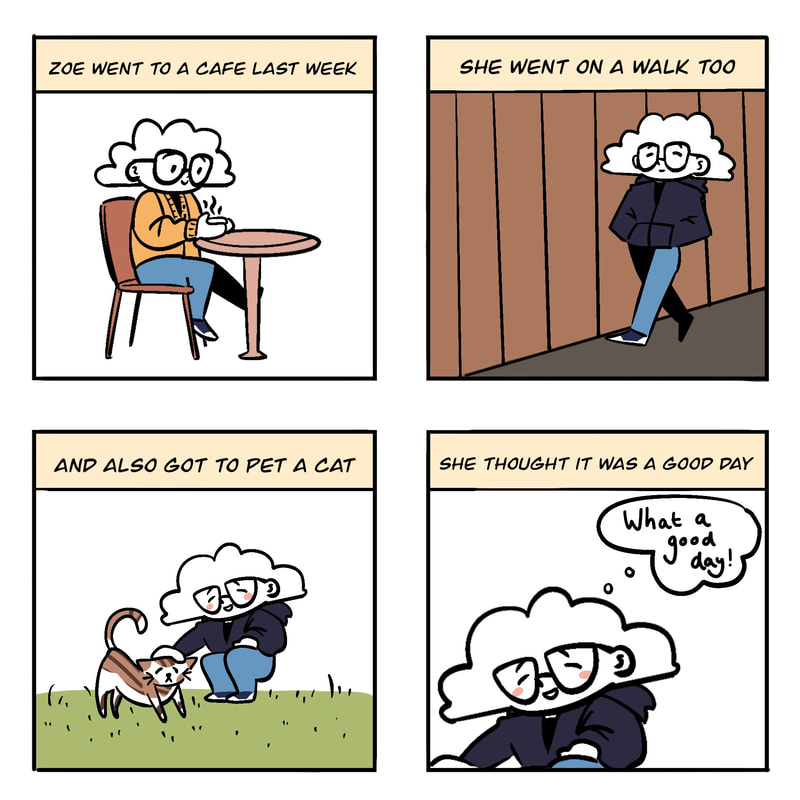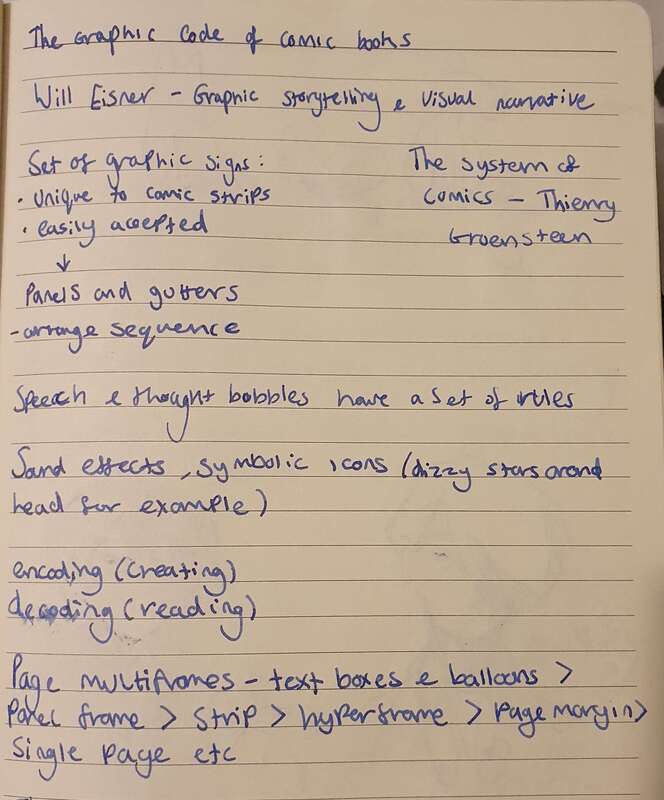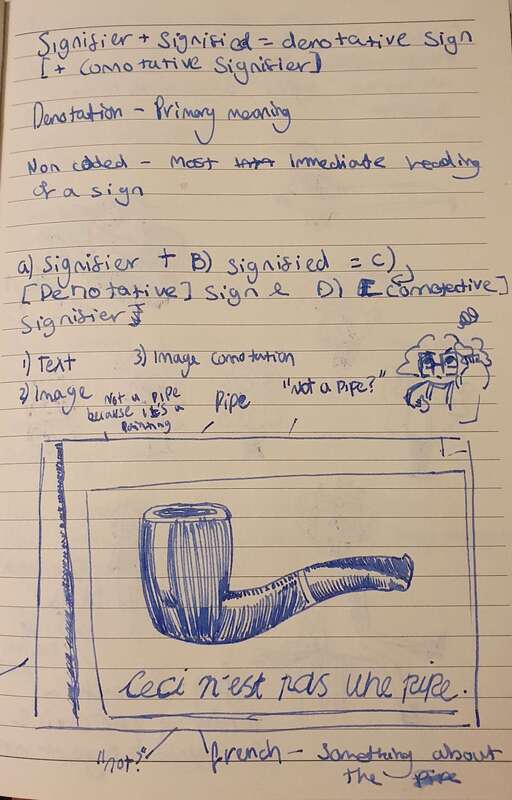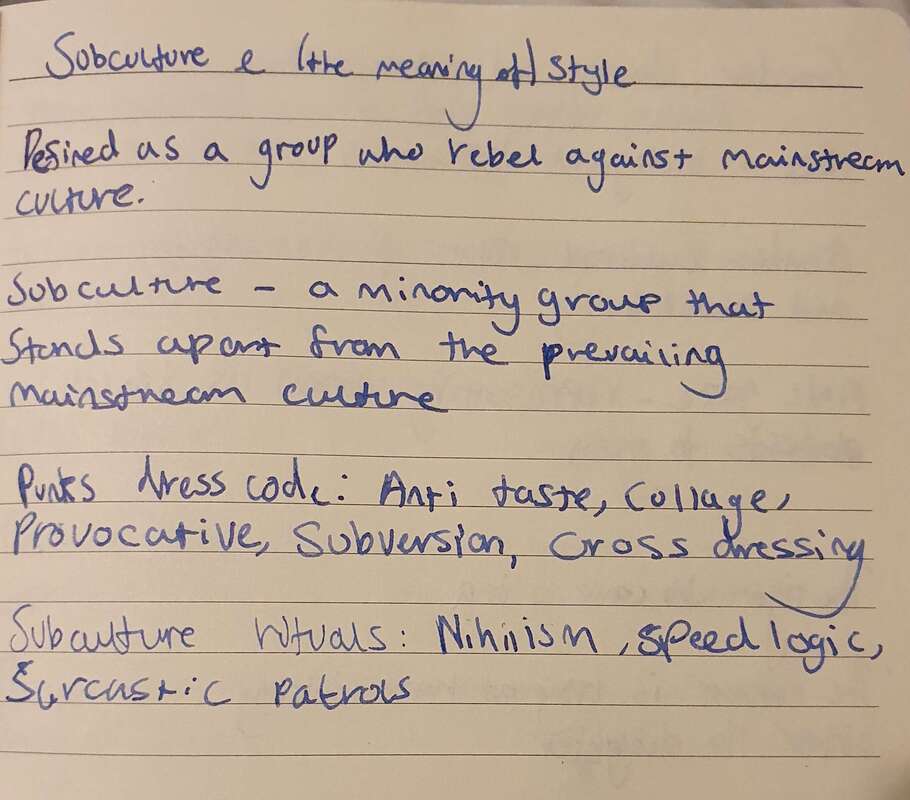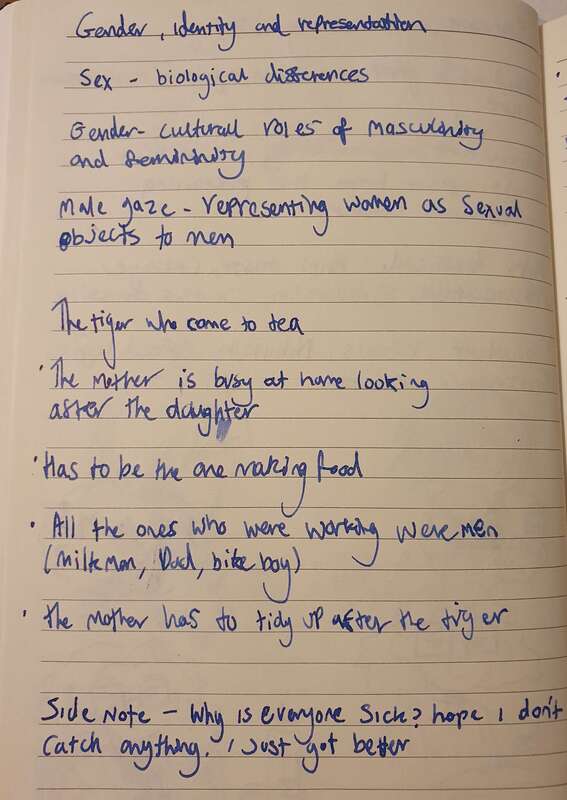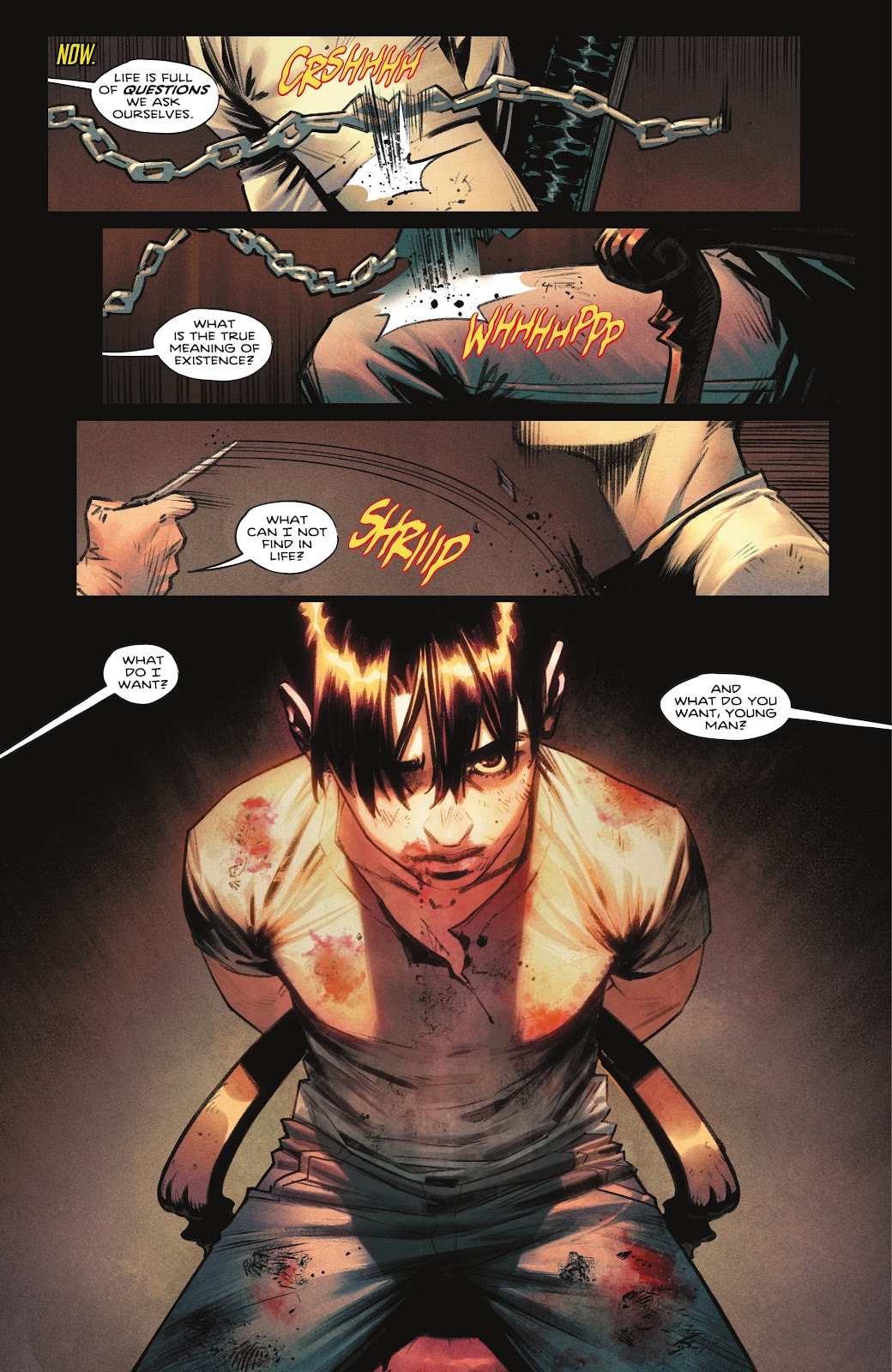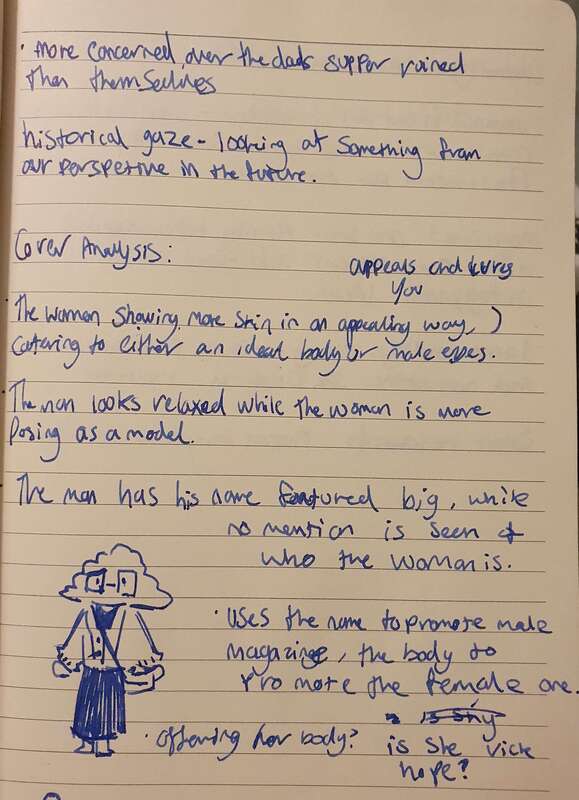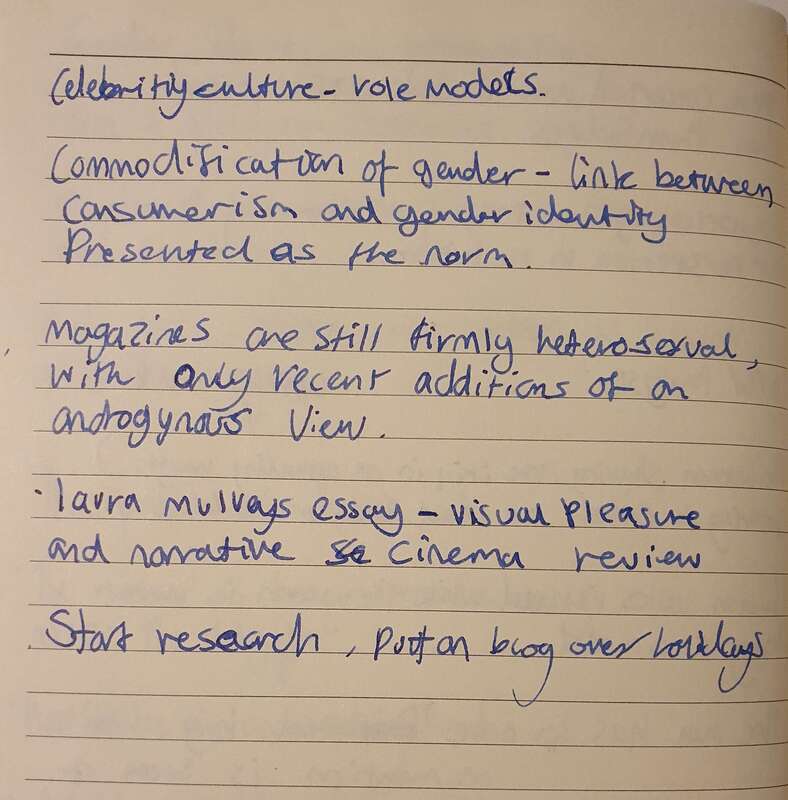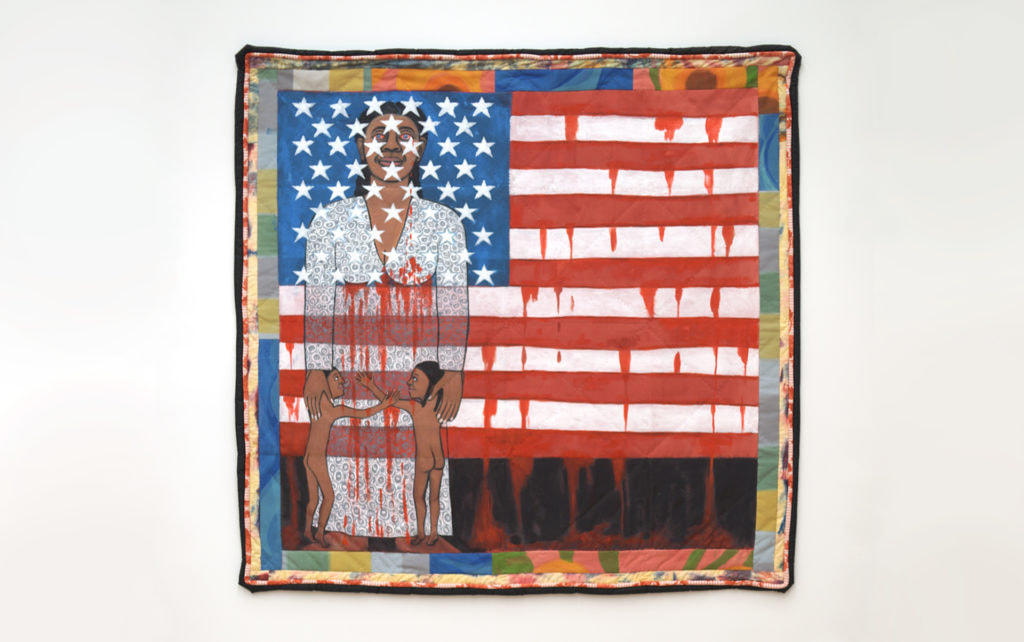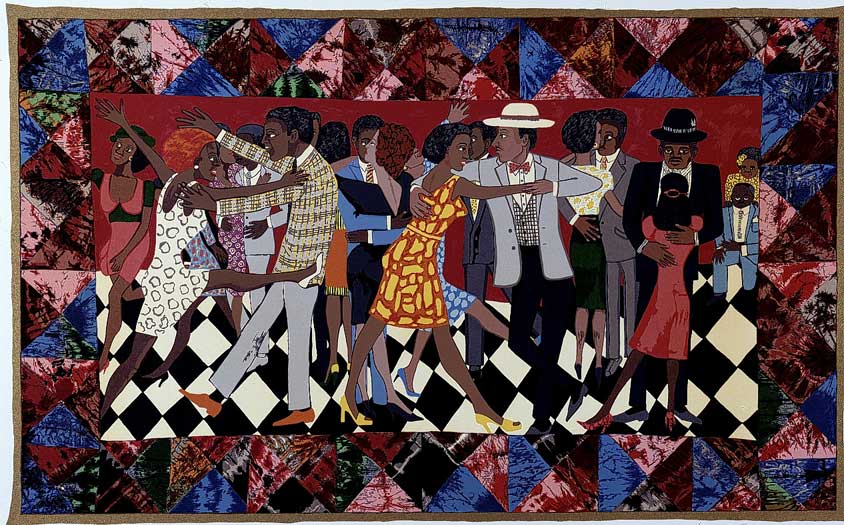First blog task - To write about a piece of clothing I own
Around 6 or 7 years ago, I came across a cardigan in town when I had the chance to do some shopping with my friend. At the time I had recently become very obsessed with the colour yellow and it was one of the first things I spotted when I stepped into Primark so I instantly got it without much thought. It was cheap, around £9-12 if I can remember right and sadly the only item I could get in my budget back then. The design is a cable knitted acrylic (76% acrylic and 24% polyester) fabric style with large black & brown buttons and a v-neck. When I originally bought it I got it in a larger size so it could cover most of my body but later I found out it was supposed to be worn as a cropped cardigan, but I was much more happier wearing it my way instead. I’ve worn it constantly over the years and it’s become probably my most worn piece of clothing. I’ve worn it to parties, days out, and a lot of times over the winter to sleep in so it’s practically always on me whenever it’s clean.
I’m surprised that a piece of Primark clothing has held up for so long, since it’s a good example of fast-fashion and its terrible environmental conditions. I know many think of the brand as something you could buy last minute and wear it for brief amount of time before you could throw it out as I actually expected to do the same but while it’s not in perfect condition there’s no rips or noticeable stains.
Second blog task - A 4 or 6 panel comic using one of the analogies looked at this week
Third blog task - research an artist of choice and analyse a piece of their work
One of my favourite comic book panels is one done for the Batman: Urban Legends #5 and the DC Pride: Tim Drake Special by Belén Ortega. I had only discovered her in the last couple years but I have been a huge fan of everything she illustrates. This panel in particular is during a part where Tim Drake is kidnapped and held hostage briefly. While it’s not very interesting superhero stuff, I absolutely fell in love with the shot of him at the bottom. Belén has always been a master at warm / soft lighting and this was one of the first times I had my eyes wide open when I saw it.
From having a look at it again, I believe it’s an action to action transition type. The first shot is of the chains on his arms breaking, to the chains on his legs breaking and a warning slash on his shirt by a knife. Each moment happens with its own onomatopoeia which also fits in with the example for an action to action shot. While I’m not too certain I think the two last parts of the panel could be a subject to subject. Going from the hand slicing to the top view of Tim’s situation.
From having a look at it again, I believe it’s an action to action transition type. The first shot is of the chains on his arms breaking, to the chains on his legs breaking and a warning slash on his shirt by a knife. Each moment happens with its own onomatopoeia which also fits in with the example for an action to action shot. While I’m not too certain I think the two last parts of the panel could be a subject to subject. Going from the hand slicing to the top view of Tim’s situation.
Review on Laura Mulvey’s essay:
Laura Mulvey’s essay talks a lot about the effect cinema has created for women since the start, how hollywood has categorised them to be seen as something sexual and desirable to men. In the examples she gives, they all put women into an almost obedient role while the men are the saviours and dominate the screen and the women. She makes some great points about how this is something that was normal and while it’s slowly been breaking those roles within recent cinema, it’s still an issue today even if it’s played off as a gag.
Her essay reminded me of an episode from the Apple TV show Roar (2022), which includes an episode about a woman who lives 3 years of her life on a shelf. To keep it short, she meets a millionaire who builds a large shelf. The shelf isn’t for books but for the woman, wanting her to sit there all day in front of his office desk so he can always look up and remember her. She quits her job and stays there, even marries there. The longer she’s there the less the man starts looking at her, ignoring her. She stays there for 3 years, having become the trophy instead. There’s much more depth into the episode, but the general idea is how the woman slowly became an object, even after escaping the shelf and finding her independence is still affected by the shelf and continues doing it, but on her own made shelf. The episode reminded me of how Laura talks about the pleasure of looking at someone as an erotic object, as the man in the episode would look at her when she was distracting him in sexual ways.
In the end, she continues to speak on how cinema has “evolved a particular illusion of reality” in where the men can do as they wish with women, punishing or rewarding them as if they’re not human like them. This reality Hollywood has created has not only affected the mentality of people in how they are taught to treat women, but as well as how society needs to control them too. They are constantly being taken advantage of with their identities stripped away to be fuel for the male gaze.
Fourth blog task - Find examples of Artists / Designers who take a strong ethical and / or political stance in their work
One of the first artists that came to mind is an old friend of mine called Lamu. They’re a Muslim artist who makes a mixture between original artwork and political comics / illustrations. Recently, they’ve been bringing awareness to the situation in Gaza through powerful artworks.
Another artist I found was a mixed media activist called Faith Ringgold, who has sadly now passed away as of last week. She was a performance artists who painted on different types of materials, fabric being a more common one she used. Her art is most recognisable for the narrative quilts she created that shown the civil rights movement from a womans point of view. She had been an activist since the 70s, creating many pieces dedicated to black womens history.

